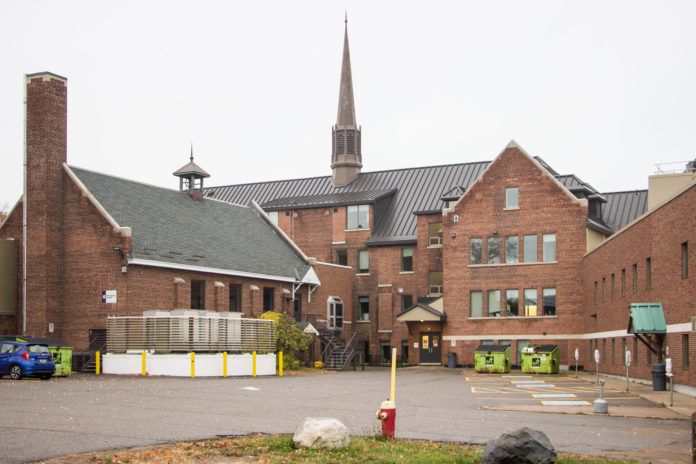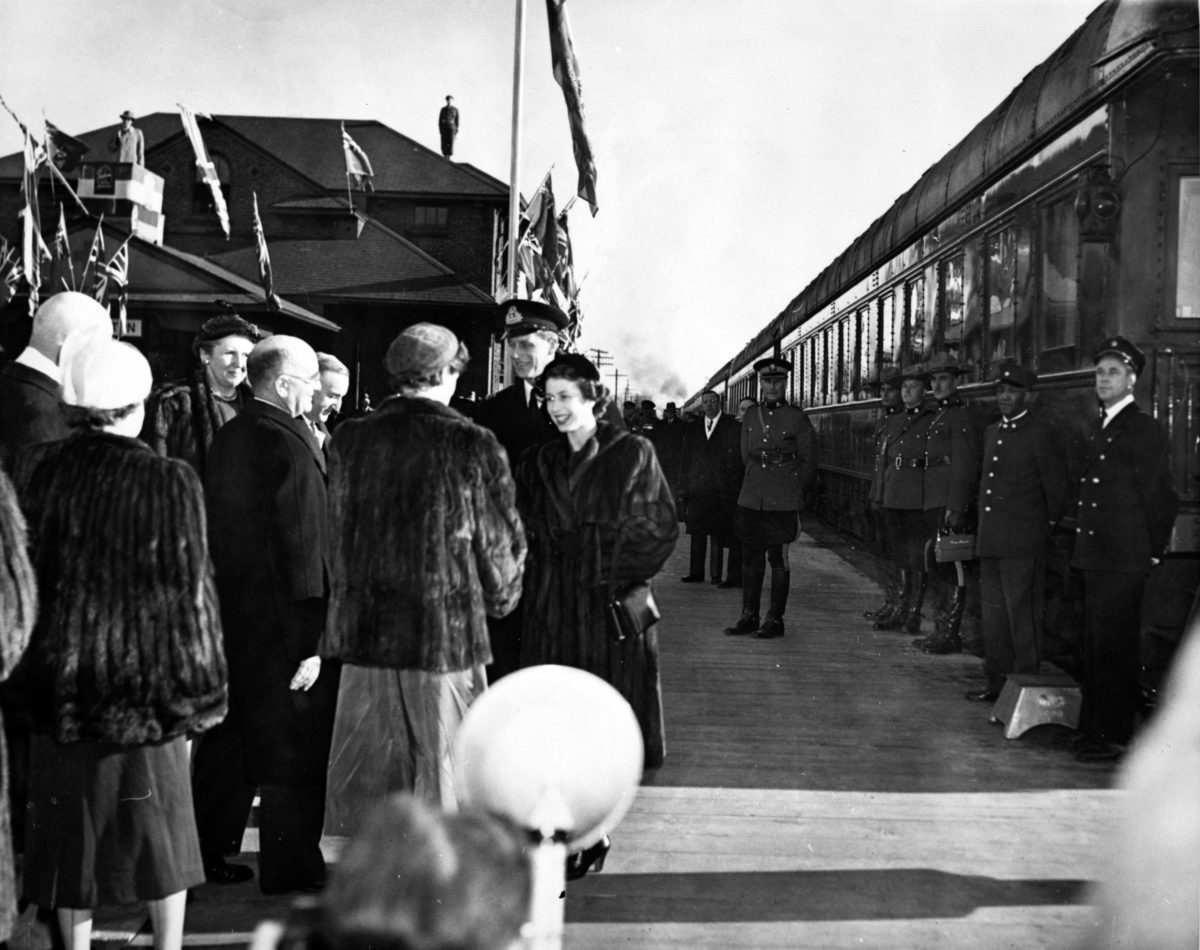

Theo Saulis remembers looking up at the remains of Shingwauk Indian Residential School, located in Sault Ste. Marie, Ont., during a visit to the site in 2016. On the roof, a rusted steeple rose into the overcast sky.
From 1935 to 1970, the four-storey brick building housed Indigenous children to strip them of their heritage and assimilate them into Canadian culture.
“Even just looking at it, it looks like a menacing building,” said Saulis.
With the death of Queen Elizabeth II on Sept. 8, some Canadians are examining the legacy of the monarch and her impact on Canada, including a renewed discussion about the visibility of Indigenous issues.

Both the Government of Canada and the Government of New Brunswick declared Sept. 19 as a National Day of Mourning for the Queen.
As a British colony, Canada’s residential school system forcefully removed children from their families, a practice that stretched from the 1870s to the late 1990s.
New Brunswick did not make the National Day for Truth and Reconciliation a holiday in 2021, despite many other provinces doing so. Saulis feels frustrated that the government chose to honour the Queen, whom he says represents a history of colonialism and genocide against Indigenous people in Canada.
“It was kind of like a slap in the face,” said Saulis. “One older white lady dies and they close everything down.”
Saulis said that he thinks the genocide of Indigenous peoples and the history of residential schools is not as widely known in Canada as the history of the Holocaust.
According to the United States Holocaust Museum website, “genocide is an internationally recognized crime where acts are committed with the intent to destroy, in whole or in part, a national, ethnic, racial, or religious group.”
Saulis said that some of his coworkers did not know about residential schools until a few years ago.
Since he was in elementary school, Saulis said his father educated him about residential schools, and he heard stories through his community in Woodstock First Nation.
“I just think about this woman in my community — her grandmother’s sister’s job was to dig graves [at a residential school],” he said. “That was a story I’d heard secondhand from one of the people in our community.”
He decided to search the internet to see if, at Shingwauk, there were unmarked graves of children.
When he visited the school, he remembers that he had mixed and “very challenging” emotions.
“It’s not just sad, but you’re also angry, confused. You’re mostly confused how that could go on for so many years,” said Saulis.
He said, “About 72 children [were buried] at the one that I visited.”
Saulis showed no change in his emotions when he read the number aloud. Our conversation continued on calmly. We sat at a table outside the Wabanaki Centre at St. Thomas University. A few students were in the room, laptops open in front of them. They didn’t look up.
“To Indigenous people in Canada, it wasn’t a big surprise when we found out they were digging up bodies,” said Saulis.
The Shingwauk cemetery register confirmed there were 71 bodies. The students who died were between seven to 19 years old — the average age at death was 12.
“I attend [STU]. If I were to die, would they bury me up by Holy Cross [House]?” asked Saulis. “You have to think about what their intentions were, putting graveyards in schools.”
Saulis wishes that the Queen used her platform to bring awareness to the genocide against Indigenous Peoples in Canada.
“Even though she doesn’t have a say in politics … she [was] still the Queen of England,” said Saulis. “What she says, people will listen to. I just don’t like how she kept quiet about certain things.”
